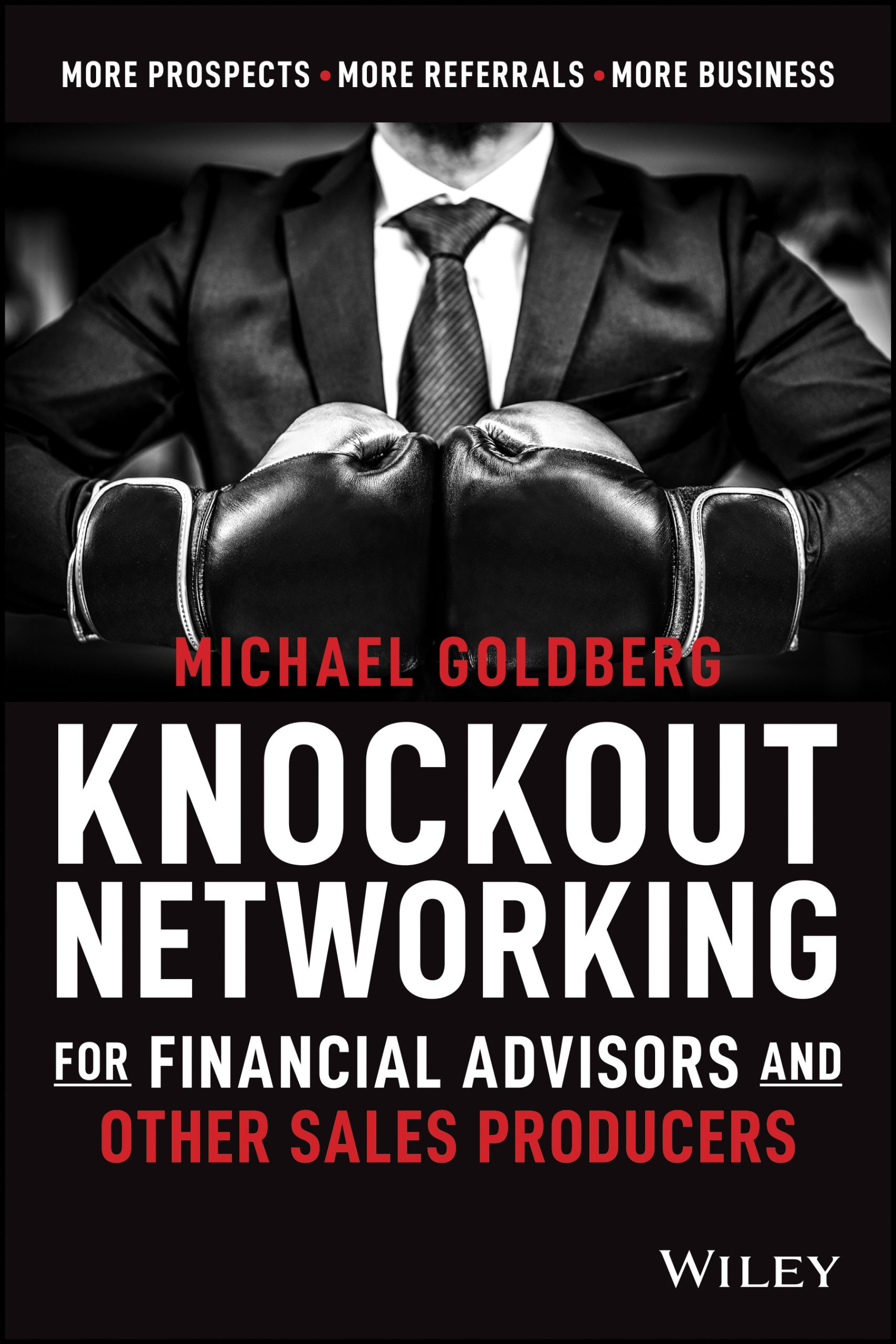I’m back in my Rutgers University classroom after taking a year off from teaching my public speaking class. Teaching has been a labor of love of mine for over 20 years!
The key to being a “knockout” public speaker, in most cases, is to get your audience’s attention quickly by being memorable, let them know why they should continue to pay attention, and why your message will be a great use of their time. Especially if your presentation is virtual.
Many years ago, I was attending a business networking meeting and was covering for a personal injury attorney that couldn’t make the meeting. I was prepared to deliver a 45-second presentation on his behalf. When it was my turn to speak, I actually threw myself down a flight of stairs to get my audience to pay attention. Since I was promoting a personal injury attorney, it made falling down a flight of stairs relevant.
And memorable.
Not only did I get a standing ovation, but I received a lot of requests to cover presentations.
I’m not saying you have to do your best Chevy Chase impersonation (yes, Google him) to get your audience’s attention, but when you do something creative, people will notice. And you will be memorable.
Of course, I don’t recommend throwing yourself down a flight of stairs, but as I prep for my upcoming class, here are some strategies I’ll be discussing!
Start with Your Best Stuff
Story, quote, opening question, “Did you know…”, joke, or some physical comedy or approach if you think it’s effective, appropriate, and relatively safe.
Share Something Personal
But not too personal. Something that’s recent and speaks to your interests or something you’re celebrating. Say something fun, interesting, and reflective.
Teach Your Audience Something of Value
A tip, trick, idea, or approach that adds value to your audience’s business or life (a breathing exercise that a life coach might share) will always be appreciated.
Overcome Verbal Ticks and Pauses
“Um” and “ah” are verbal ticks, words such as “so” and “like” are verbal pauses. Also, words that you may use excessively could be a verbal pause. Get feedback from others, be aware, and practice replacing your verbal tick or pause with a breath.
Know Your Audience
Do your homework and learn about your audience’s industry, profession, geography, background, needs, and experiences. Don’t assume one size fits all. If you can relate to your audience, they will relate to you.
Tell Great Stories
Get to the point quickly, share details, use fun colorful language, stay on track, be efficient with your words, and relate the point back to your audience. Audience’s love a great story!
Be Interactive
Speak with your audience, not at them. If you can, ask them their names so when you circle back, you’ll already have a connection. In comedy, speaking with the audience is referred to as “crowd work”. Work the crowd and make them a part of your presentation.
Close with Your Best Stuff
Or second-best stuff. A quote, call to action, request, or challenge. Then simply end by saying, “Thank you.” End your presentation with a bang!
WHAT IS YOUR FAVORITE PUBLIC SPEAKING APPROACH?







